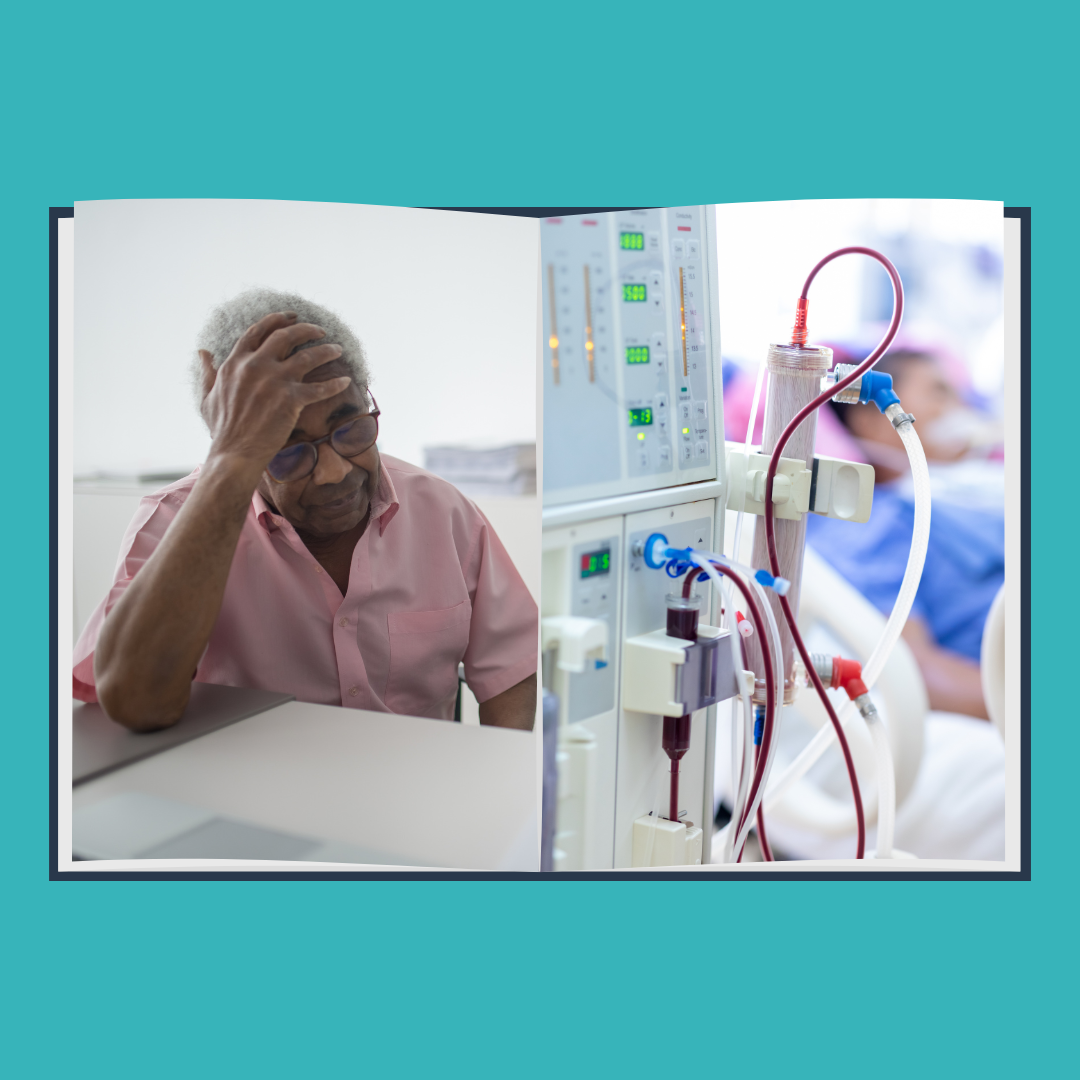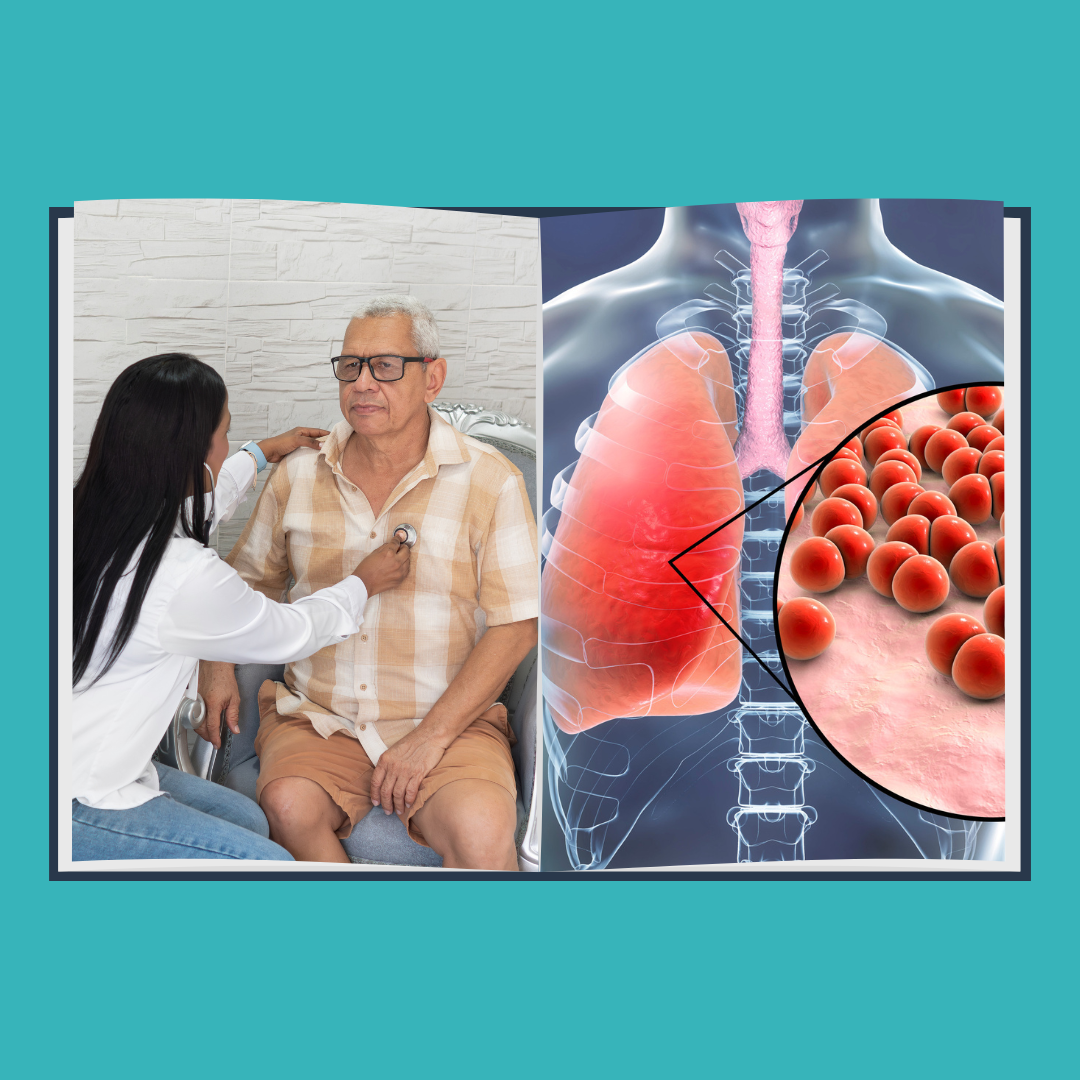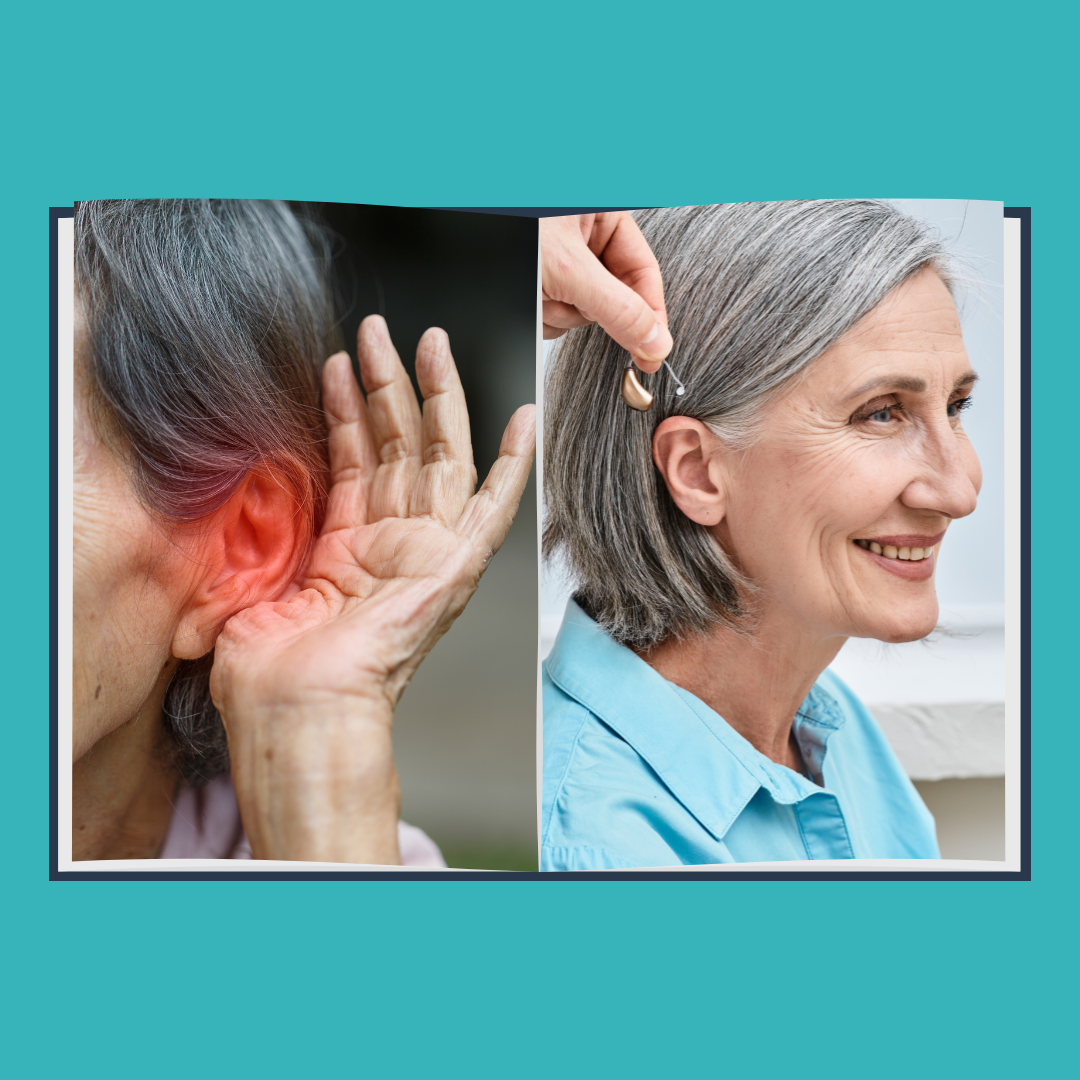New Paragraph
July 7, 2025
Understanding Osteoporosis in Seniors: Prevention, Management, and Home Safety
Osteoporosis is often called the "silent disease" because bone loss happens gradually and without symptoms—until a fracture occurs. For seniors, this condition can have a significant impact on independence and quality of life. As an in-home care agency, it’s essential to recognize the signs, provide support, and ensure safety at home.
What Is Osteoporosis?
Osteoporosis is a condition in which bones become weak and brittle. Even minor falls or bumps can cause fractures, particularly in the hips, spine, and wrists. It affects both men and women, though postmenopausal women are at higher risk.
Risk Factors for Seniors
- Aging
- Low calcium/vitamin D intake
- Sedentary lifestyle
- Family history
- Smoking or excessive alcohol use
- Certain medications like corticosteroids
Recognizing the Signs
- Frequent fractures
- Loss of height over time
- Stooped posture
- Back pain
Preventing Osteoporosis
- Diet: Ensure adequate intake of calcium and vitamin D.
- Exercise: Weight-bearing exercises like walking or gentle resistance training.
- Lifestyle: Avoid smoking and excessive alcohol.
- Medications: Doctors may prescribe bisphosphonates or other drugs to help maintain bone density.
Home Care for Seniors with Osteoporosis
- Remove tripping hazards
- Install grab bars in bathrooms
- Use non-slip rugs and proper lighting
- Encourage gentle, supervised physical activity
While osteoporosis is serious, it is manageable. With the right care, education, and home modifications, seniors can maintain independence and reduce the risk of injury. At Hope and Recovery Care, we help families build a safer, healthier future—one step at a time.

Parkinson’s Disease in Seniors: How In-Home Care Enhances Mobility, Safety, and Emotional Well-Being
Explore how Parkinson’s disease impacts seniors and how in-home care improves mobility, safety, emotional well-being, and daily independence. A must-read guide for families supporting aging loved ones with Parkinson’s.








